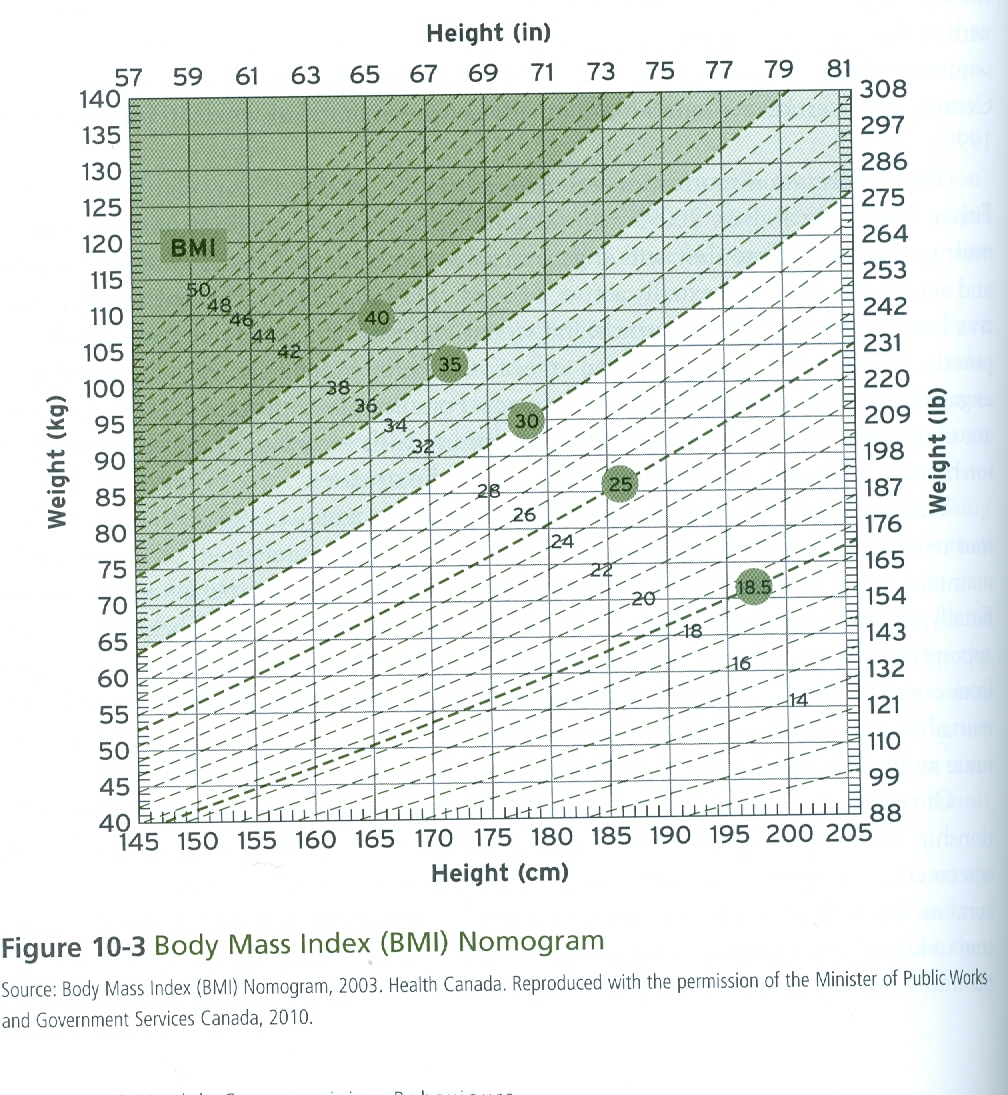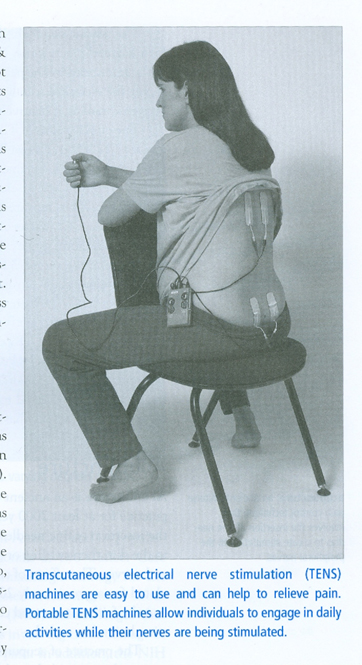Motivation
What is Motivation?
Nature Driven beings
Darwin, Freud, Drive Reduction,
Homeostasis Theory
Environmentally Driven Beings
Conditioning: Pavlov, Skinner,
Bandura
Self Driven Beings
Human Science & Hermeneutics
Existentialist Philosophy
Humanistic Psychology
Body Weight & Dieting
Cues to Hunger: Stomach, blood,
brain
Set Point Theory
Psychological Cues to eating
Eating Disorders
Sexual Motivation
Research Studies
Hormones
Sexual Disorders
Achievement Motive
Industrial Organizational
Psychology
Sports Psychology
Motivation: What makes
us do what we do?
One of the three basic questions
in psychology, following the trilogy of mind: Cognition
(thinking),
Conation
(willing), Affect
(feeling).
A person is comprised
of a fully functioned being in all three of these categories.
Forensic Psychology
and legal classification of a person, having
rights and responsibilities is based upon this trilogy
of mind.
It can also be seen across
indigenous psychologies of the self, taking many forms (passiones, idealist)
across location internal/ external, in/under control (Heelas & Locke,
1981).
Definition: The sources
of what directs and energizes behaviour, including drives and desires.
Aristotle
suggested
four causes: material, formal, efficient, final.
Nature Driven beings
Darwian
Evolution: instincts drive
our behaviour in adaptive ways: e.g., hunger, thirst, mating, nesting,...
Many take an evolutionary perspective in
considering motivation. There is consideration of the role of
instincts as well as other forms of behaviour
that are distally determined by past evolution which occur in present day
situations.
Instincts
are unlearned or innate characteristics of behaviour that are triggered by
specific stimuli.
Freudian Psychoanalysis
suggests that instinctual psychosexual drives give us impulses that are
tempered by social sanctions.
Drives are essentially instincts that are
considered to operate in response to specific bodily or environmentally
stimulated conditions (i.e. mating, hunger, sleep.)
Primary drives
are those "classical" drives that arise in response to internal
physiological needs or states (i.e. thirst or hunger). They are believed to
operate as part of a bodily system designed to establish homeostasis or steady
states or 'balance'.
Secondary
drives are those that are learned and associated with primary drives
(i.e. the drive for money or 'success').
Drive Reduction
theory suggests
that our action is motivated by instinct-like drives that create arousal
or a sate or being energized. Specific behaviours can reduce or satisfy
these drives.
Homeostasis Theory
Hunger (thirst), Sex, Sleep
all are regulated through the
hypothalamus,
a brain centre involved in the emotions and the basic regulatory functions
of the body. It regulates the
ANS
and
endocrine (through pituitary) and
is vital to human survival.
Environmentally driven beings
Pavlov: classical
conditioning environmental cues elicit physiological responses
from us, based upon past associations.
Skinner: incentives teach us how to behave through reinforcement. Our behaviours are shaped
through operant conditioning.
Social Modelling: Bandura suggested that we develop behavior that follows esteemed role models. In
many cases we act on each other through reciprocal determinism in modeling.
Self Driven Beings
Human Science & Hermeneutics
Dilthey identified that human beings are (centrally) active agents of volition and self awareness. This capacity enables our self-understanding
(personal and socio-historical).
Existentialist philosophers
echo this notion identifying our ability to choose as crucial to our existence,
something we are condemned to do.
Viktor Frankl meaning is what we seek - interview
Erikson identifies the need to help 'passive patients' take control over their
lives by become active agents.
Humanistic Psychology also recognised the active choice (Free Will) of the human beings as crucial to our
being
Maslow identified a Hierarchy of needs that starts with our most basic biological needs along with our
social and spiritual needs. A rare few are given the opportunity to actualize
their potential as alpha humans experiencing beta values.
the need to belong social bonds
of attachment and affiliation are important. {see emotions}
Touching the Void - a tale of tremendous will to survive against impossible odds... trailer - full version.
Activity: LOVE as a motivator
Body Weight & Dieting
Cannon & Washburn (1912)
had people swallow a balloon and found
stomach
contractions
are only part of hunger sensation.
Blood
Glucose levels also give signals to brain; low levels (hypoglycemia)
signal hunger along with levels of insulin (a
digestive hormone).
Brain receives signals from the stomach, intestines & liver concerning systemic
glucose, insulin, and other hormones.. .
Brain Centers -
Hypothalamus
(endocrine)
lateral
hypothalamus (lh) - stimulation initiates eating, even in full animals,
ablation leads to complete disinterest in food.
ventromedial
(vmh) - stimulation leads to cessation of eating,
ablation leads
to ravenous eating.
Mechanism:
appears to
be the monitoring of Leptin,
a protein produced by fat cells that
are full.
Obese rats (and people) have high levels
of leptin which (normally) increases metabolism and decreases hunger, likewise Obestatin (from stomach), and PYY (digestive tract).
While Orexin (from hypothalamus) triggers eating, Ghrelin (empty stomach) initiates hunger.
Set Point theory
suggests
that our body weight is maintained around a 'genetic' specific point.
Eating (hunger)
and & basal metabolic rate (glucose/glycogen) adjust to maintain the
set point, however these settling points may adjust up or down.
An evolutionary
perspective suggests that in the distal environment we often had food
shortages, so we evolved to eat whenever we can.
Proximally food is omnipresent,
so we are triggered to eat even when there likely will not be a shortage coming
soon (Pinel, 1997).
Psychological Cues to
Eating
External incentives:
Classical conditioning, time, other signals, advertising, desert cart, . . . Rodin (1984)
insulin levels change in view of food after period of deprivation.
A recent study on plate size and colour shows that people eat more (take larger servings) when given larger plates and also when the food colour matches the plate colour (doesn't look like it is as much).
Hence behavioural and cognitive strategies can be used to reduce food intake.
Cultural Preferences:
where some things eaten seem unimaginable by others...dogs, prairie oysters,
hamburgers...
Obesity
A condition of excess body fat, greater than the average expected levels of 25% for women and 18% for men. It is typically calculated ( see http://www.nhlbi.nih.gov/guidelines/obesity/BMI/bmicalc.htm - (Kg)/(m)2 or (lb. x 700)/(in). with the Body Mass Index (BMI) 

(Eg- Sidney Crosby 5'11''-200=27.9 Brad Marchand 5'9''-181=26.7& Connor McDavid: 6'1''-190=25.1 are "overweight" showing limitations of the BMI)
Prevalence for obesity is around 15% of adult Canadians (stats Can) meaning one of seven. Relative risk at BMI 40 is two to six times those at BMI 24 (Calle, et al., 1998).
Underweight individuals also have an increased risk. This is particularly seen in anorexia nervosa.
Other social issues are related to obesity, prejudice and discrimination, self esteem as well as the economic (healthcare) costs and reduced income.
Biological factors that contribute to obesity -
Heredity - Poole et al. report that BMI correlations for families are as follow:
| monozygotic 0.74 |
siblings 0.25 |
adoptive relatives 0.06 |
| dizygotic 0.32 |
parent-offspring pairs 0.19 |
|
Physical activity matters - not just food as dieting is a multi-billion dollar industry but most "fad diets" don't work or are unhealthy.
Best to get exercise and lose minimum of 5% for benefits in health, where 10-15% loss provides less benefit.
"Don't change much" campaign.
Listen to "the diet fix" a discussion of the obesogenic envirnoment that we live in and how to promote "best weight", a weight of comfort, health and happiness (Freedhoff, 2014).
Also how to avoid "post-traumatic diet disorder" - feeling like a failure for not keeping off weight lost during dieting.
Rather keep a food diary to account for the foods consumed and knowing what one eats then one can make small adjustments and changes (& getting them reinforced).
Geographic and social factors - large suburban development without recreation and shopping facilities nearby creates need to drive distances for eveything.
Food regulators allow high fructose corn sugars as food additives to increase caloric intake from processed foods.
Sexual Motivation
Kinsey Report (1948) was
groundbreaking when it published all kinds of information on practices,
preferences, and other particular of sexuality.
Masters & Johnson (1966)
have
also published a widely recognized report on orgasms and the human sexual
response.
Part of women's liberation movement along with The Pill...
Hormones
Estrogen
(during ovulation) increases a women's sexual drive, and sexualized behaviour.
Testosterone
plays an arousing role for men and women.
Castration or Depo-Provera (drug to reduce testosterone) reduce sexual interest and drive while testorsterone replacement therapy increases sexual interest.
Release of these and other
hormones (endocrine)
can be classically conditioned to stimuli; sights, smells, tastes,... and
can spike or peak at times.
Several factors are invovled,
including actual and imagined stimuli leading to increased or decreased arousal.
Interpersonal
dynamics also plays a role here where reciprocal determinism can
lead to adaptive or non-adaptive responses and 'scripts'.
Sexual Scripts are learned behavioural and cognitive repertoires that instruct us on how,
when, where and with whom we should have sexual interactions. These scripts
affect our expectations and are geared towards gendered and cultural "styles".
Sexual disorders
Male Impotence
(ED)
- Guy
Lafleur's advertisements become big news, can be treated chemically with
Viagra, Cialis, etc
Female (non)Orgasm
- treated
with technology - implant into spine can be stimulated with hand held switch Clit-Me trailer
Clit-Me trailer
Sex-therapy -
Interpersonal and sometimes medical therapy for overcoming sexual
dysfunction e.g.,
Sue
Johanson and the Sunday Night Sex Show, Sex TV,
Talk Sex...
22 minutes for the
past 35
years
Gender and Sexuality
What makes someone desirable
is in part driven by cultural norms:i.e., leg, ankle, shoulders,
eyes, clothing, ...
Attitudes about sex and acceptable acts and position
vary across culture.
Motivations for sex may vary
and signals may not be understood.
What's love got to do with it?
Do men and women have the same expectations around sex?
Do they communicate
well what their expectations are?
An evolutionary
approach...
Sexual Orientation
Sexual Orientation and Identity are also independent of each other and may be said to fall along a spectrum or contiuum.
What makes gender identity?
-{see development}
Hypothalamic
differences between gay and straight men as well as right hemisphere enlargment in males and lesbian women. Hormones appear also to play a role here.
Twins studies
show that 50% concordance for monozygotic twins while only 11% for fraternals
indicating some inherited factors.
Myers reports the fraternal birth order effect that suggests mother's immune respones grow stonger with subsequent male pregnancies. This is suspected to have an impact on the developing fetus' brain and body
Achievement
Motivation
Intrinsic - internal or self
generated interest
Extrinsic - money, material
or social rewards
Industrial Organizational
Psychology
Different styles of management
/ Leadership
Task Orientation - getting
the job done
Social Orientation - team
building
(also in sports psychology)